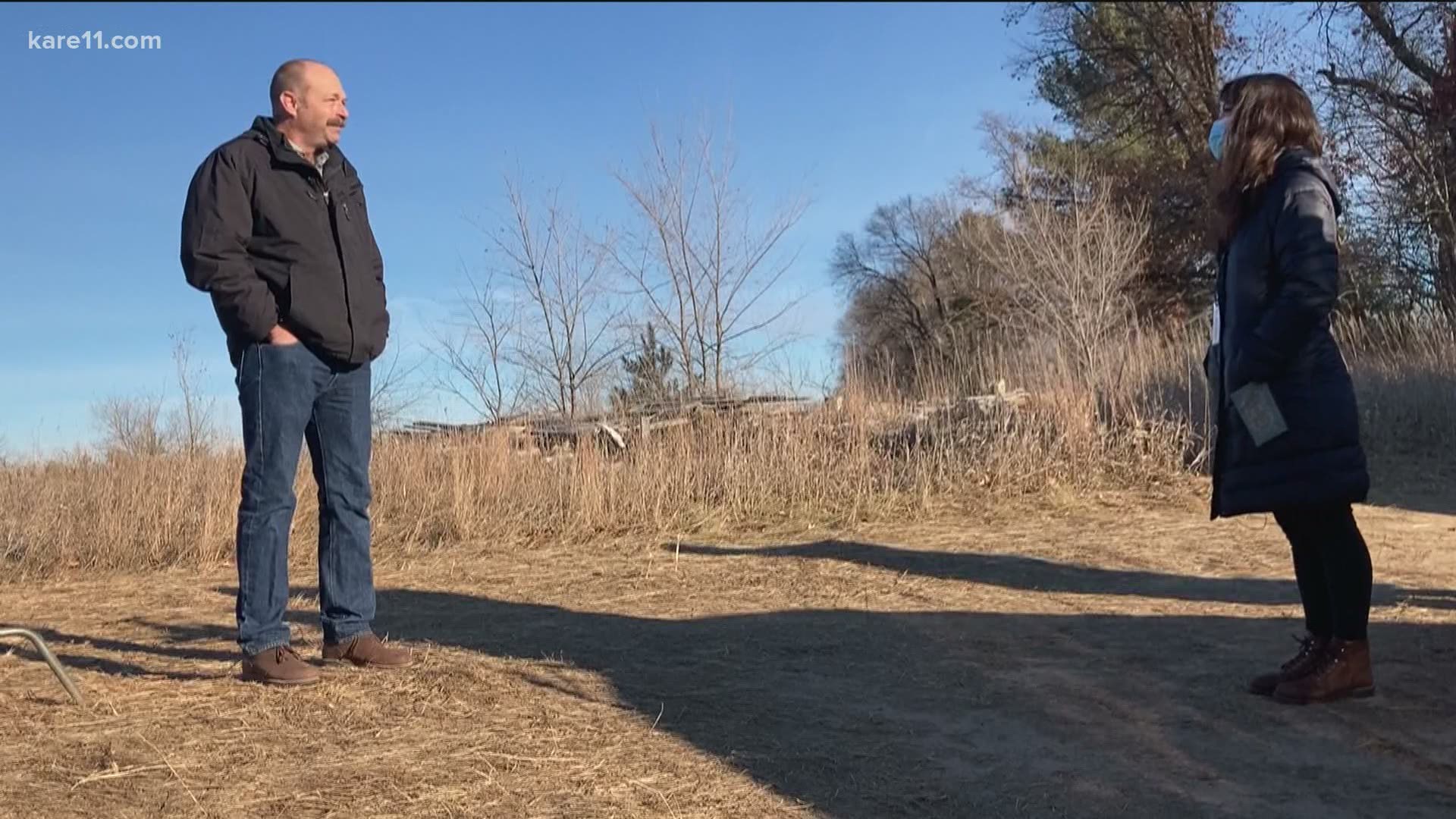CAMBRIDGE, Minnesota — Wednesday night, the video of a pilot making an emergency landing on Interstate 35-W captured the world. It blew up on social media. The video was shared thousands of times.
The landing, happened in just seconds. It showed the pilot masterfully threading the needle, making sure no one was injured.
However, Wednesday's landing wasn't the only emergency landing that happened on I-35W. Almost two years earlier, it happened with Mike Robbins in Chisago County.
If anyone can thrive under pressure, it would probably be pilots.
"February of last year, I was flying from New Richmond back here," Robbins said. "My engine started to overheat. I was over Stacy at the time--I had just left Stacy headed this way and it was all snow and fields and houses and stuff-- so I turned around and went back, looking for a safe place to land."
That safe place for Robbins, ended up being I-35W near Stacy, near an exit ramp. Just like the pilot did on Wednesday night, Robbins said he found an opening in traffic and simply merged--except from up top.
"I was pretty nervous, I was pretty excited and I don't know-- I was just waiting for my engine to quit," Robbins described. "I knew that was coming any minute. Luckily, I was able to land before it quit."
Robbins said he assumed he had just a matter of minutes to make a decision. He added that although he doesn't know exactly what went down on Wednesday night's flight, he knew the pilot would have been under similar pressures. He said once a pilot decides on making an emergency landing, it's a stick-with-it kind of decision.
"If the engine cuts, he probably had--well--probably had about eight to one glide ratio on the plane, just guessing," he said. "So if he's up a thousand feet, he has a mile and a half before he has to touch his wheels down. That doesn't include obstacles in he way or anything like that. He probably didn't have too many choices. Freeway is probably the safest. There are fewer powerlines, hardly any obstructions. About the only thing you have to worry about would be bridges, signs and cars."
In fact, one SUV was involved in the crash, but no one was injured. Robbins said all this is serious business and that pilots are always thinking about emergency scenarios.
"Emergency procedures are a big part of it, you go over that over and over and over," Robbins said. "On your check-ride, when you get your license, you even go through it."
He added that no one wants to go through with this kind of landing. He said he knows from experience how un-fun an investigation from the Federal Aviation Administration can be.
However, he said the investigation, even though it was a long one, did not deter him from going back in the sky.
"It was pretty nerve-wracking, I was a little scared," he said with a laugh. "I still go, I've been busy working on my house so I haven't gone lately, but I try to go every time the weather is nice."
The state patrol has identified the pilot of Wednesday's crash as 52-year-old Craig Gifford. Mr. Gifford declined to comment pending the FAA and NTSB's investigation.

